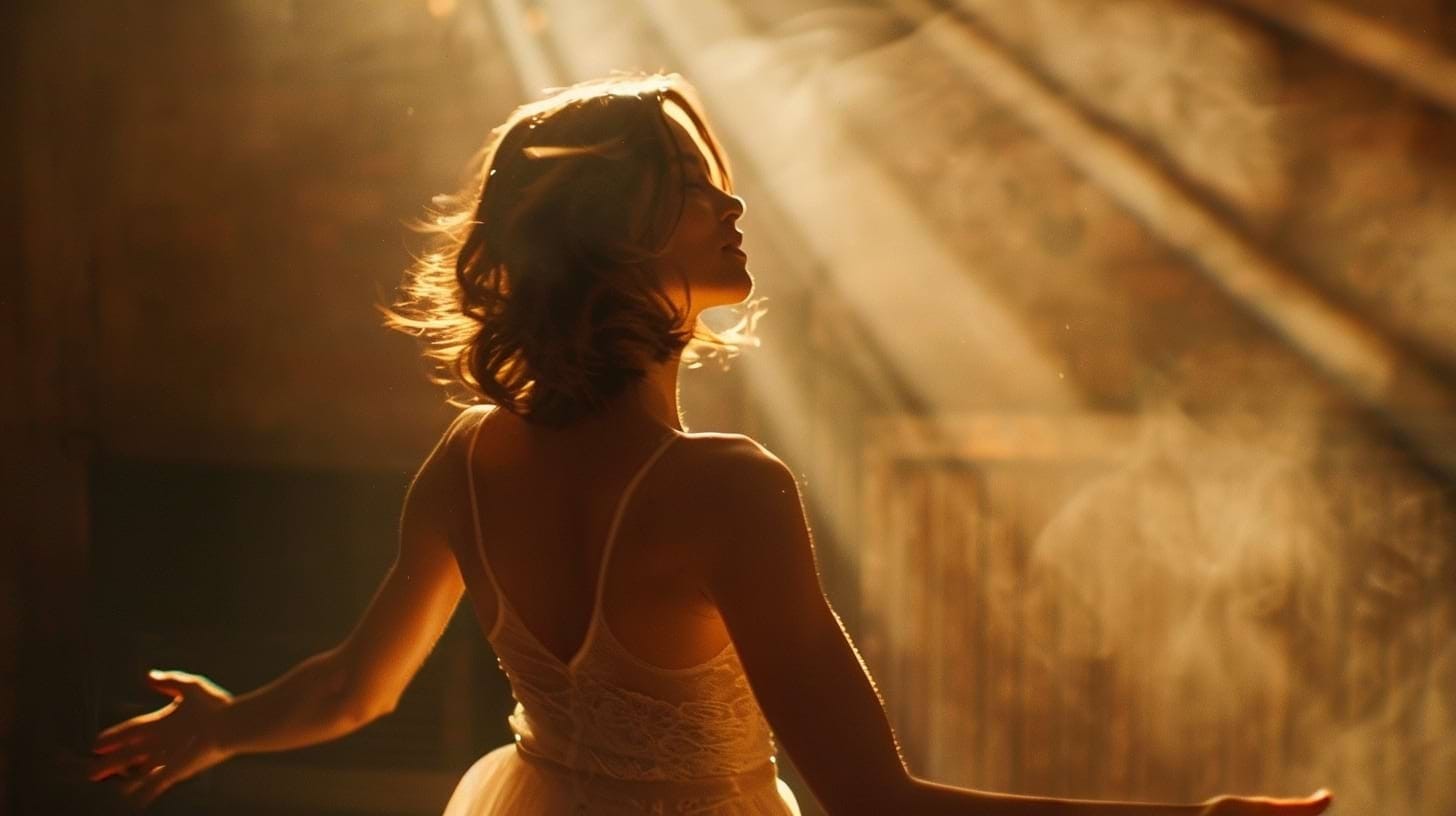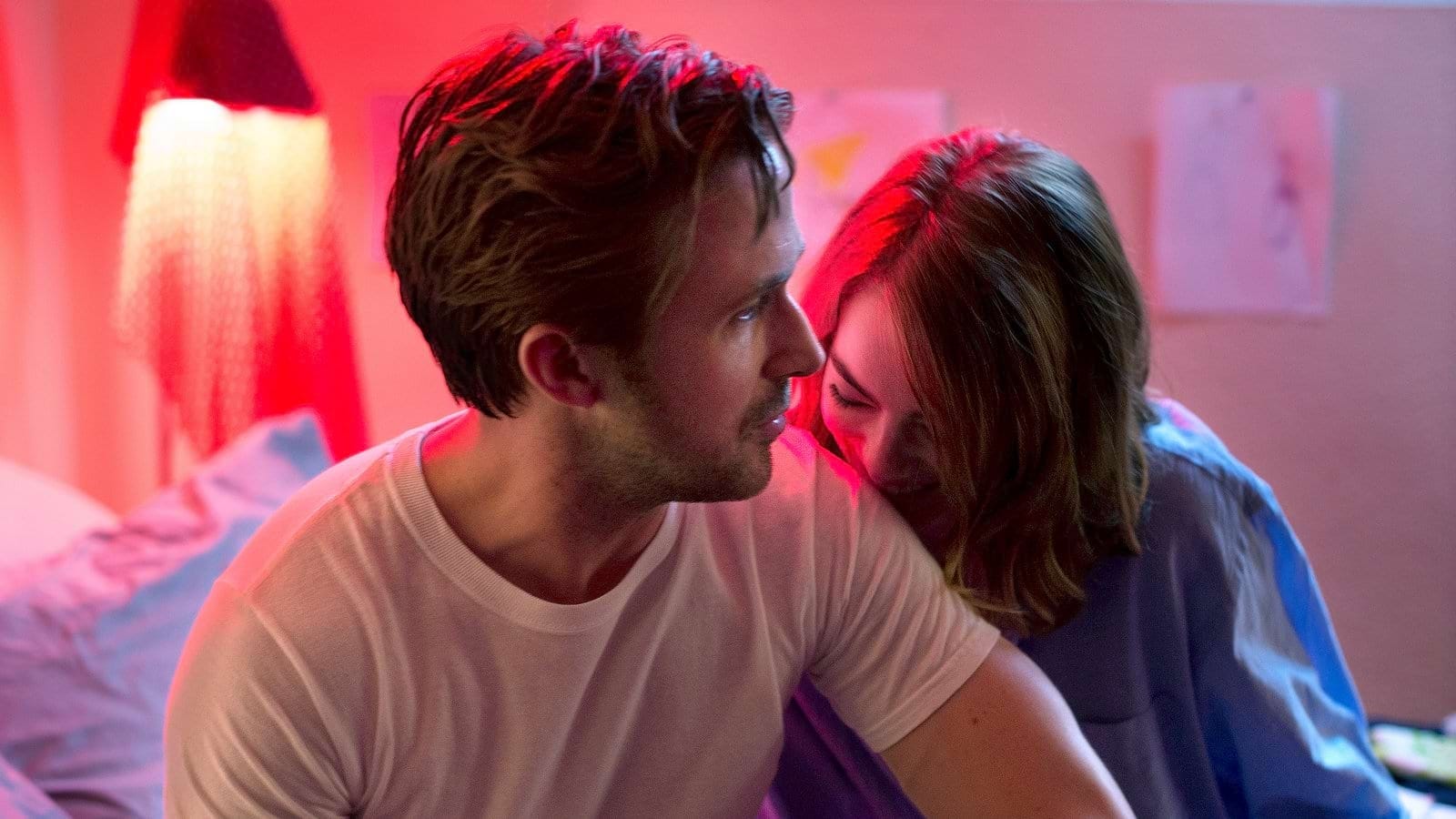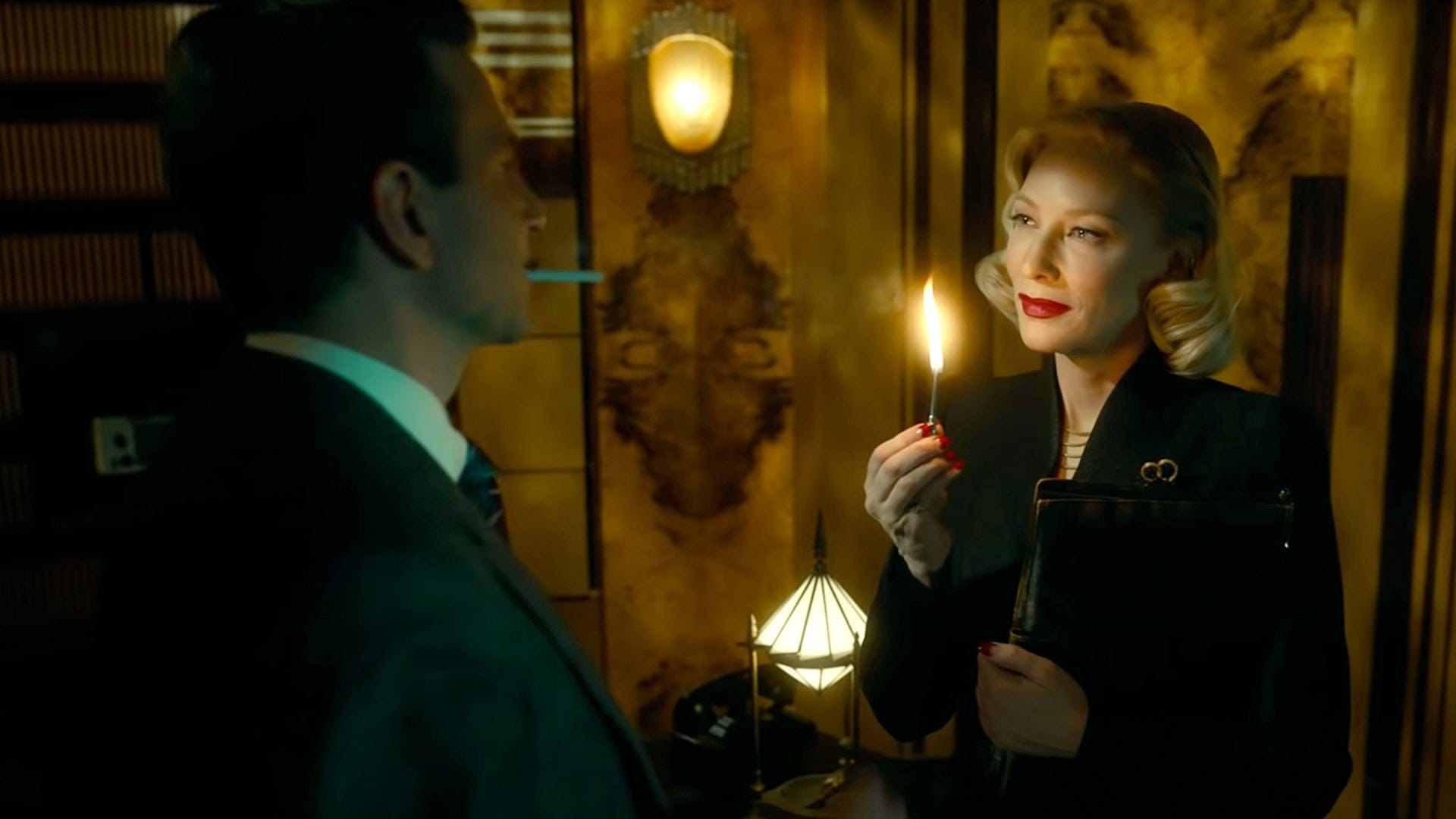The Art of Film Lighting: Techniques & Insights
The silent storyteller, Lighting, speaks volumes in film. It's the invisible hand shaping emotions and bathing visuals in the atmosphere. Together we dive deeper into the secrets of transformative light’s power!


For over a century, the silver screen enthralled spectators with its ability to convey them to fantastical worlds and evoke a kaleidoscope of emotions. This magic is also a testament to the often-underrated artistry of cinematic lighting, the invisible sculptor of a film's visual identity.
✨ Light isn't just about showing us what's happening; it's about how we feel about it. A masterfully crafted scene in soft, golden hues whispers romance promises, while a stark, high-contrast environment might scream danger. Lighting techniques become the secret language of filmmakers, a visual vocabulary that speaks without a single word.

Laying the Foundation: Essential Film Lighting Techniques
A strong foundation is paramount in any artistic discipline, and film lighting is no exception. Mastering lighting setups enables illuminating scenes effectively and establishing a distinct visual language for the film.
The Three-Point Lighting Trifecta 🔆🔆🔆
This ubiquitous technique serves as the cornerstone of film lighting. It utilizes a trio of key lights:
- Key Light (The Dominant Force): This primary light source establishes the overall illumination level and sets the direction of shadows. Think of it as the lead singer in a rock band – it sets the tone for the entire scene.
- Fill Light (The Supporting Act): This light mitigates the harsh shadows cast by the key light, creating a more balanced and natural look.
- Backlight (The Silhouette Sculptor): This light separates the subject from the background, adding depth and dimension to the frame. Imagine a spotlight on a performer – it makes them stand out from the backdrop.
🔆 The three-point lighting setup is the foundation upon which countless variations can be built. By adjusting the intensity, position, and color temperature of each light source, it is possible to create a spectrum of moods and visual aesthetics.
✨ Experimenting with various lighting equipment and setups allows you to establish a distinct visual style for your film and subtly guide the audience's interpretation of the story.

Artistic Aspects of Lighting
Lighting shapes how we perceive characters, orchestrates the atmosphere, and subtly guides our feelings.
Master cinematic lighting with ease
Filmustage’s AI-powered tools help plan and optimize lighting setups for every scene.
Mood Lighting in Film 🎭
The strategic use of light and shadow can evoke a range of emotions. Harsh lighting with deep shadows can create a sense of unease or tension, while soft, diffused light fosters a sense of warmth and intimacy.
✨ "Barbie" (2023) is a good illustration of that. Bright lamp lighting creates a special mood of romantic comedy.
Shadow Play in Cinema 🌑
Shadows can be powerful storytelling elements in their own right. Play with the length, direction, and intensity of shadows to add depth, mystery, or a sense of foreboding.
✨ Look at the play of shadows in the "Nosferatu" (1922).
Lighting for Drama 🎭
Light often serves as a metaphor in the film, highlighting moments of revelation. Consider the dramatic impact of a character emerging from darkness into the light, or a lone spotlight illuminating a pivotal scene of betrayal.
✨ Watch how the lighting in "No Country for Old Men" (2007) emphasizes the darkness and drama.
Lighting Up the Future: Technical Innovations in Lighting
Film lighting techniques have revolutionized in recent years, with advancements blurring the lines between artificial and natural light and empowering filmmakers with unprecedented control over their visual narratives. Here are some of the game-changers shaping the future:
The LED Revolution 💡🔄
Light-emitting diodes (LEDs) are rapidly becoming the industry standard. They are energy-efficient, generate minimal heat, and offer a wider color temperature range compared to traditional tungsten lights. This allows for seamless integration with practical lighting – think of seamlessly matching the warm glow of a sunset with an LED fixture.
Wireless Control 📶🕹️
Wireless DMX lighting systems empower cinematographers to adjust lighting parameters remotely from a central console. This streamlines workflows, allowing for real-time adjustments during filming. Imagine a scene where a character walks from a brightly lit room to a shadowy hallway. With wireless control, the lighting can morph seamlessly in real-time, maintaining a natural and continuous feel.
Virtual Lighting Pre-Visualization 💡🖥️
Software tools allow filmmakers to pre-visualize lighting setups in a virtual environment. This saves time and resources on set and allows for experimentation and fine-tuning before a single camera rolls.

Evolution of Film Lighting: Lessons from the Masters
The arrival of artificial light in 1920 became a game-changer. Studios could now shape moods and manipulate atmospheres. Pioneering techniques like three-point lighting provided a framework for creating depth, and film noir emerged with its dramatic use of light and shadow.
Lighting in Film Noir 🎥🕵️♂️
Classic film noir is renowned for its dramatic use of low-key lighting, deep shadows, and stark contrasts. Scenes are often bathed in pools of light, leaving large portions shrouded in darkness. This creates a sense of mystery and danger.
✨ Take a look at any iconic scene from "The Maltese Falcon" (1941); the interplay of light and shadow is as much a character as Humphrey Bogart's detective.
The Warm Glow of Tungsten Lights 💡
Tungsten lights became the workhorse of the 1950s-70s, offering filmmakers a warm glow and a platform to refine their craft. Think of Stanley Kubrick's meticulous use of light in "The Shining" to build unsettling tension.
Naturalism Redefined with Soft Light 🎥
The "Dogme 95" movement in the 1990s emphasized handheld camerawork and a focus on natural lighting. This resulted in a raw, documentary-like aesthetic that captured real emotions in real environments.
✨ Films like Lars von Trier's "Breaking the Waves" (1996) showcase the power of soft, natural light to create a sense of intimacy and vulnerability.
Embrace the Power of Lightning as a Storytelling Tool
Lighting is illuminating a scene; but it's also illuminating the story, the characters, and the emotions you want to evoke in your audience. The psychology of lighting in film is a powerful tool; it is important to understand how different lighting choices influence our perception and use that knowledge to tell your story with greater impact.
✨ So, experiment, explore, and embrace the transformative power of lighting in your filmmaking journey.
🚀 Enter Filmustage, a cutting-edge platform designed to bridge the gap between theoretical knowledge and practical application. By enabling filmmakers to upload their screenplays, Filmustage offers a unique script analysis tool that harnesses artificial intelligence. This AI-driven approach doesn't just parse through dialogue and action; it delves deeper into the screenplay to identify scenes with specific lighting needs. This innovative feature highlights opportunities where light can be employed to create a more dramatic effect, thereby assisting directors and cinematographers in planning their visual strategy with precision.
From Breakdown to Budget in Clicks
Save time, cut costs, and let Filmustage’s AI handle the heavy lifting — all in a single day.